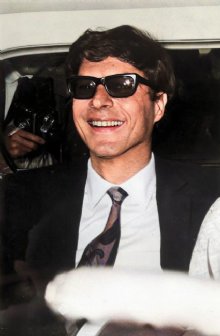"How does one measure the success of a museum?"
About this Quote
Paul Getty’s question, “How does one measure the success of a museum?” probes the essence of a museum’s purpose and challenges conventional metrics of assessment. Many organizations are judged by numbers: attendance figures, revenue, size of collection, or the prestige of special exhibitions. Yet, the real success of a museum often lies beyond quantifiable data. Getty’s inquiry suggests a deeper reflection on the true value and impact of museums in society.
Success might be seen through the experiences of visitors as they engage, learn, and reflect within museum walls. A museum that inspires curiosity, fosters understanding, and opens up dialogue between cultures and eras achieves something powerful, even if such impacts are difficult to measure precisely. The success could also rest in a museum’s ability to care for and preserve cultural artifacts and stories for future generations, balancing stewardship with accessibility. Through careful curation, research, and preservation, museums become guardians of collective memory, their role extending far beyond mere display.
Community engagement is another essential dimension. Museums that effectively reach underserved populations, welcome diverse audiences, and adapt to the needs of their local contexts may have a more profound societal impact than those attracting only international fame or wealthy patrons. Furthermore, educational programs that inspire children or lifelong learners, workshops that spark creativity, and initiatives that make history or science relevant to contemporary issues all contribute to a museum’s legacy.
Ultimately, Getty’s question implies that museum success cannot be reduced to a single figure or standard. It is a complex tapestry, woven from moments of insight, connections made between people and cultures, and a commitment to both education and preservation. While visitor numbers and financial health remain important, the core achievement of a museum is often found in the lasting impressions it leaves on individuals and communities, an impact that is meaningful, though perhaps immeasurable.
More details
About the Author
